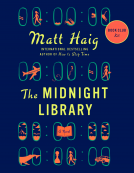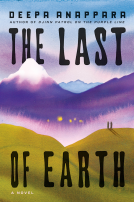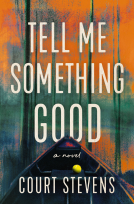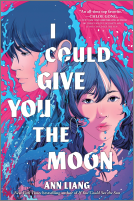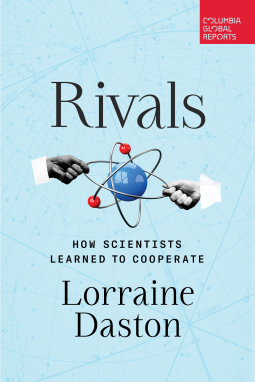
Rivals
How Scientists Learned to Cooperate
by Lorraine Daston
This title was previously available on NetGalley and is now archived.
Send NetGalley books directly to your Kindle or Kindle app
1
To read on a Kindle or Kindle app, please add kindle@netgalley.com as an approved email address to receive files in your Amazon account. Click here for step-by-step instructions.
2
Also find your Kindle email address within your Amazon account, and enter it here.
Pub Date Oct 17 2023 | Archive Date Nov 01 2023
Description
One of the world's leading science historians explains why “the scientific community” is so unified?
In the last 350-odd years, the international “scientific community” has come to be the bastion of consensus and concerted action, especially in the face of two global crises: disastrous climate change, and a deadly pandemic. How did “the scientific community” come into existence, and why does it work?
Rivals is an attempt to answer these questions in the form of a brief historical overview, from the late seventeenth to the early twenty-first centuries, through the creation of two enormous projects—the Carte du Ciel, or the great star map, and the International Cloud Atlas, pioneered by the World Meteorological Organization after World War II. These new models of intergovernmental collaboration and global observation networks would later make the mounting evidence of planetary phenomena like climate change possible.
Drawing upon original documents stored in Paris, Geneva, and Uppsala, historian of science Lorraine Daston offers a fascinating, lively study of successful and unsuccessful scientific collaborations. Rivals is indispensable both as history and as guidance.
Lorraine Daston is director emerita of the Max Planck Institute for the History of Science in Berlin, visiting professor on the Committee on Social Thought at the University of Chicago, and a permanent fellow at the Berlin Institute for Advanced Study. She is the author and coauthor of several books, including Objectivity, How Reason Lost Its Mind: The Strange Career of Cold War Rationality, Rules: A Short History of What We Live By, and Against Nature. She lives in Berlin.
Advance Praise
"In her graceful sweep through four centuries of scientific collaboration, Lorraine Daston recounts how groups of scientists have gotten together to get things done."--Dava Sobel, author of Longitude, Galileo's Daughter, and The Glass Universe
"Lorraine Daston is as familiar with the perennial tensions that make scientists behave like rivals, not partners, as she is knowledgeable about collaborations in science, even those buried deep in history. Her graceful, short, and compelling account of how and why large-scale scientific collaborations have occurred in the past, how they have thrived (especially without intrusions by governments), and why we need to promote them today is a story that should be read by anyone who does scientific work or benefits from it."--Harold Varmus, Lewis Thomas University Professor, Weill Cornell Medicine and Nobel Laureate in Phsiology or Medicine
“No one can disentangle the genealogy of scientific values like Lorraine Daston. In this elegant book, she trains this admirable skill on the very idea of the international scientific community. Scientists and laypeople alike will find in Rivals a lively new way of thinking about how the cosmopolitan astronomy of the Enlightenment has given way to the global climate science of today.”—Ken Alder, author of The Measure of All Things
“How, when, and why did the notion of science as a shared and ultimately a global endeavor emerge – and how is it faring in the ultra-competitive digital age? By exploring these questions with wit, verve, concision, perspicacity and deep learning, Lorraine Daston has produced an essential resource for anyone interested in how science works and how it came to work that way.”—Philip Ball, author of Curiosity: How Science Became Interested in Everything
Available Editions
| EDITION | Other Format |
| ISBN | 9798987053560 |
| PRICE | $17.00 (USD) |
